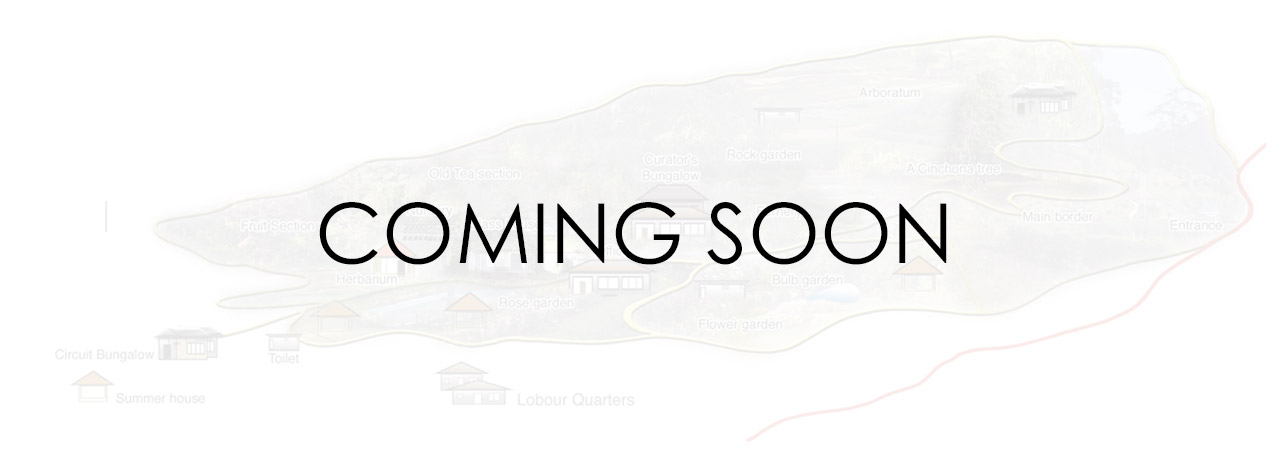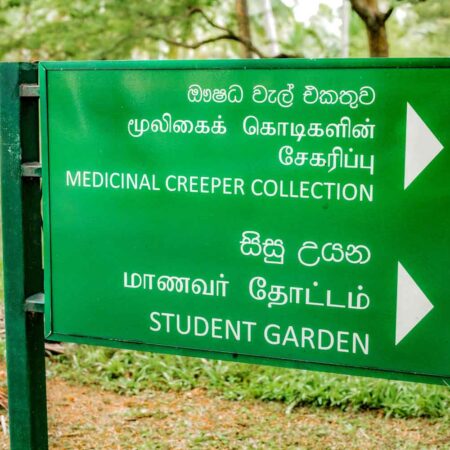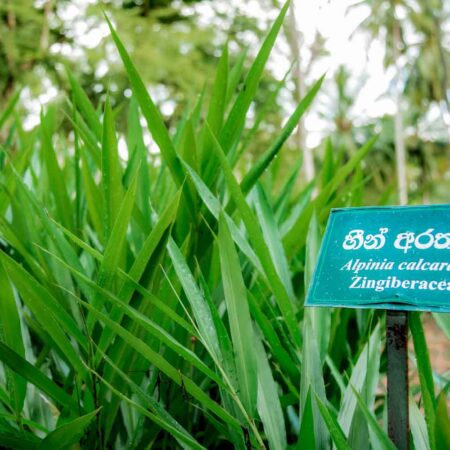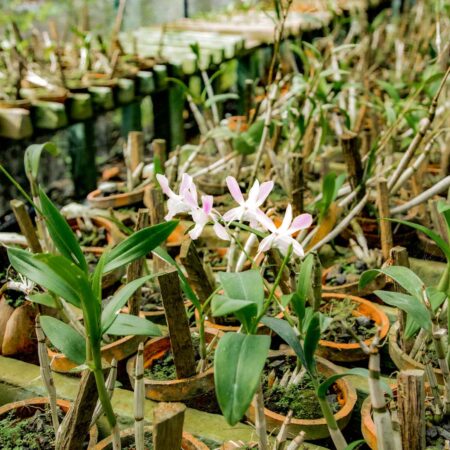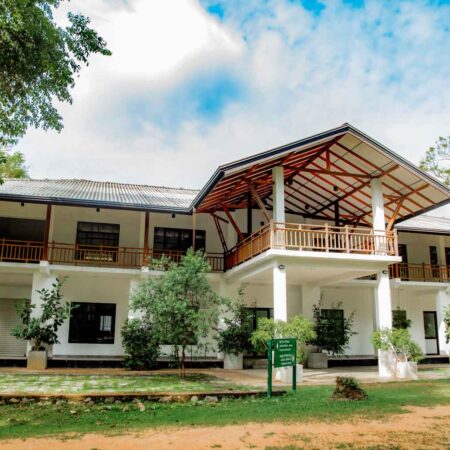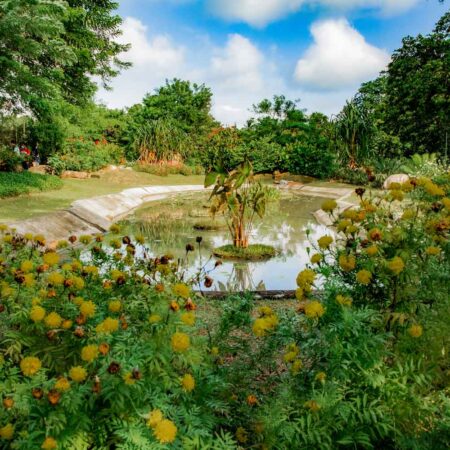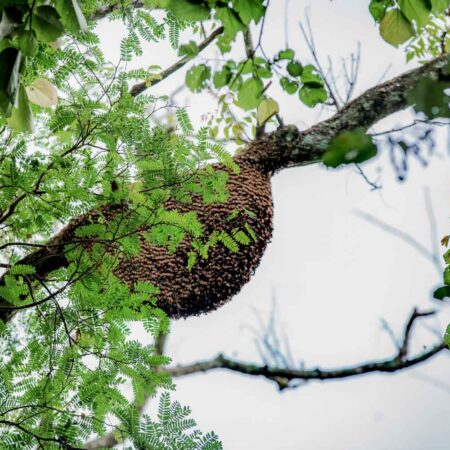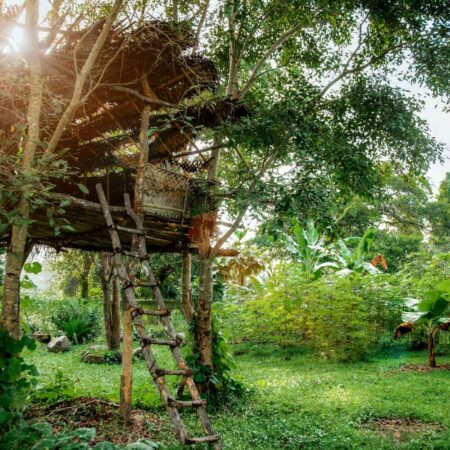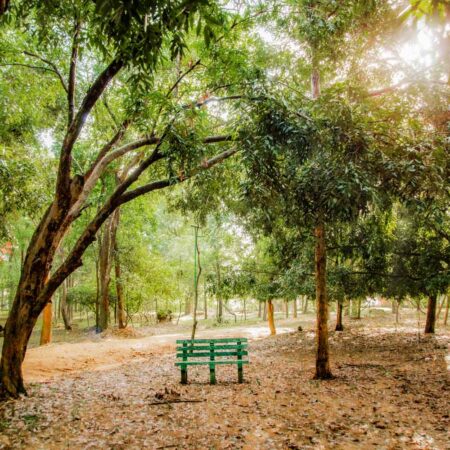
மூலிகைப் பூங்கா கனேவத்த
இப் பூங்கா வட துமேல் மாகாணத்தில் குருநாகல் நகரத்திலிருந்து 15 மைல் தொலைவில் அமைந்ள்ளது. இலங்கையின் மிகப்பெரிய மருத்துவ தாவர சேகரிப்புகளில் ஒன்றான கும்இ இப் பூங்கா பரந்த மற்றும் தனித்துவமான மருத்துவ தாவரங்களின் தொகுப்பைக் கொண்டுள்ளது.
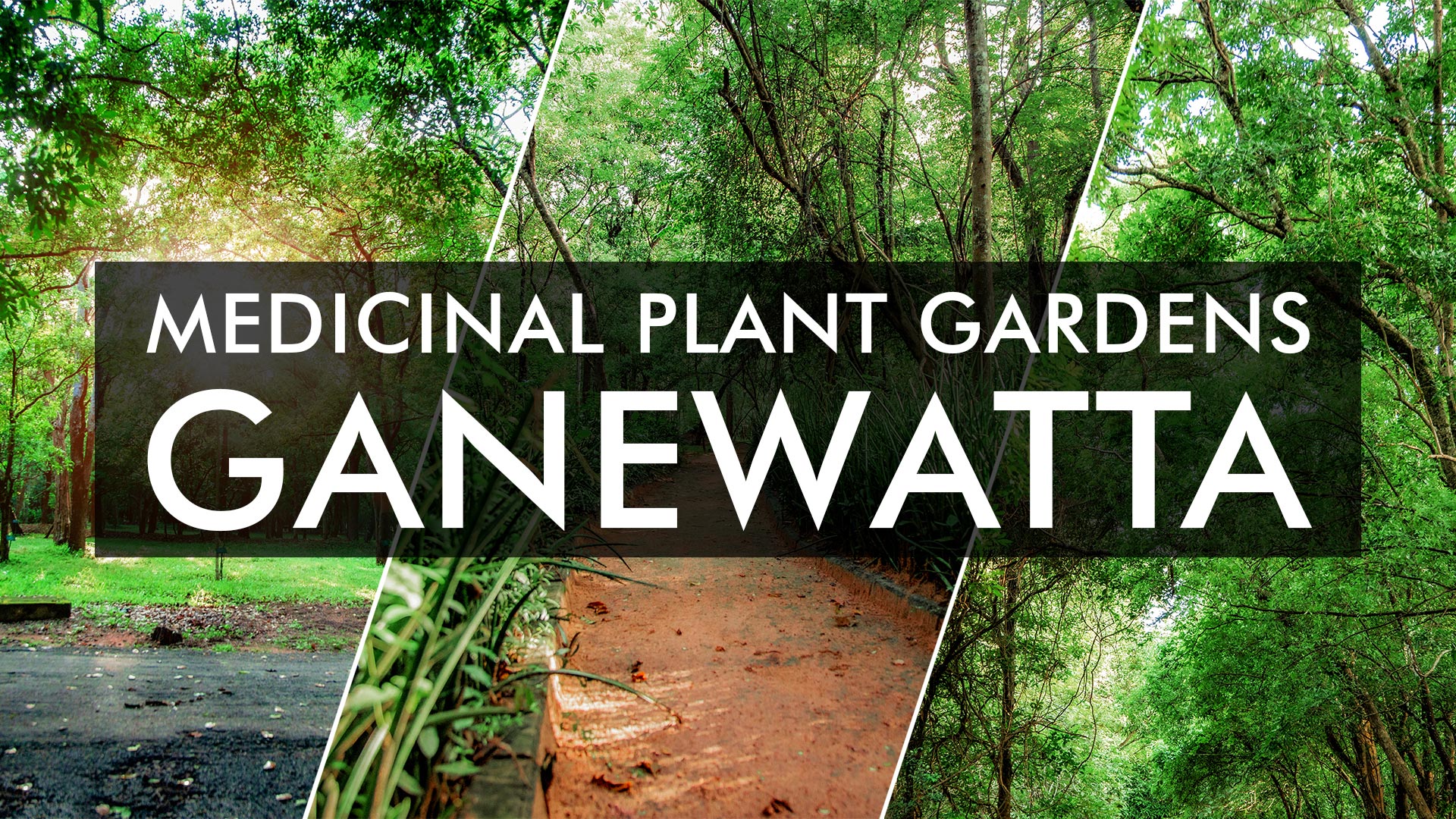
பூங்காவின் அமைவிடம்
புகையிலை உலர்த்தும் நிலையமாக இருந்த இவ்விடம் 1954 ஆம் ஆண்டு மருத்துவ தாவரவியல் பூங்காவாக மாற்றப்பட்டது. இப் பூங்கா வட துமேல் மாகாணத்தில் குருநாகல் நகரத்திலிருந்து 15 மைல் தொலைவில் அமைந்ள்ளது. இம் மூலிகைப் பூங்கா அமைந்துள்ள இடை நிலை வலையமானது அதிக எண்ணிக்கையிலான மருத்துவ தாவரங்களை வளர்ப்பதற்கு மிகவும் உகந்த தளமாக உள்ளதுடன். இது கடல் மட்டத்திலிருந்து 94 மீற்றர் உயரத்தில் 21 ஹெக்டயார் பரப்பளவில் அமைந்துள்ளது .இப் பிரதேசத்தில்; நிலவும் வறண்ட காலநிலை உலர் வலய மருத்துவ தாவரங்களுக்கு பொருத்தமான சூழலை வழங்குகிறது
மருத்துவத் தாவரங்களைப் பேணிப் பாதுகாத்தல்> காட்சிப்படுத்துதல்>பயிரிடுதல் ,வர்த்தகம் செய்தல் மற்றும் அவற்றின் நிலைபேறான பயன்பாட்டை ஊக்குவித்து பயிர்ச்செய்கை நடைமுறைகளை மேம்படுத்துதல் என்பன இதன் முக்கிய நோக்கங்களாகும். தற்போது சுமார் 100 மருத்துவத் தாவரங்கள் இங்கு பேணிப் பாதுகாக்கப்படுவதுடன் அரைவாசி நிலப்பரப்பில் தென்னை பயிரிடப்பட்டுள்ளது. மேலும் அரிதான மருத்துவ இனங்களைப் பாதுகாத்து அவற்றை முறையான சேகரிப்பில் காட்சிப்படுத்தி சிறிய அளவிலான வணிக உற்பத்திகளை மேம்படுத்தி வருவதுடன் ஓழுங்கு முறையான சேகரிப்பு முறையினை நடைமுறைப்படுத்தும் பணிகளையும் மேற்கொண்டு வருகிறது. இப் பூங்காவிலுள்ள பரந்த அளவிலான மருத்துவத் தாவரச் சேகரிப்பு மாணவர்களுக்கான கல்வித் தளமாகவும் ஆயுர்வேத ஆராய்ச்சிக்கான ஆய்வு நிலையமாகவும் பொதுமக்களுக்கான சிறந்த பொழுதுபோக்கு இடமாகவும் விளங்குகின்றது.
மருத்துவ தாவரங்களை உற்பத்தி செய்வதற்கு மூன்று முக்கிய நாற்று மேடைகள் உள்ளன. அவை ஆண்டுதோறும் 30000 க்கும் மேற்பட்ட தாவரங்களை உற்பத்தி செய்து திணைக்களத்தின் கீழ் உள்ள ஏனைய தாவரவியல் பூங்காக்களுக்கும் பூங்கா வளாகத்தில் அமைந்துள்ள விற்பனைத்தின் ஊடாக மூலம் பொதுமக்களுக்கும் விநியோகிக்கப்படுகின்றன. மேலும் தாவரங்களை உற்பத்தி செய்யும் முக்கிய மையமாக வும் செயல்படுகின்றது. மேலும் தாவரவியல் விவரங்கள்இ சாகுபடி முறைகள் , வழங்கும் மருத்துவ தாவரங்கள் மற்றும் அலங்கார தாவரங்களின் புத்தகங்கள், துண்டுப்பிரசுரங்கள் மற்றும் சுவரொட்டிகள் என்பனவும் இங்குள்ள விற்பனை மையத்தில் விற்கப்படுகின்றன.
பூங்காவில் உள்ள சிறிய தாவரக்கயத்தில் மருத்துவ தாவரங்களின் உலர்ந்த மாதிரிகள் உள்ளனஇ அதே நேரத்தில் நூலகத்தில் மருத்துவ தாவரங்கள், அலங்கார தாவரங்கள் மற்றும் வரலாற்று மதிப்புள்ள புத்தகங்கள் பற்றிய முக்கியமான புத்தகங்கள் மற்றும் பத்திரிகைகள் உள்ளன. பல்வேறு மருத்துவ வகைகளின் விதைகள் சேகரிக்கப்பட்டு ஒரு தனி விதை அறையில் பாதுகாக்கப்படுகின்றன. அங்கு பார்வையாளர்கள் மற்றும் மாணவர்கள் அவற்றைப் பற்றிய சிறந்த அறிவையும் தகவல்களையும் பெறலாம். மகரந்தச் சேர்க்கையாளர்களின் பாதுகாப்பை ஊக்குவிப்பதற்காக, பூங்காவில் உள்ள பாரம்பரிய அறிவு மற்றும் தொழில்நுட்பங்களைப் பயன்படுத்தி தேனீ வளர்ப்பு நடவடிக்கைகள் மேற்கொள்ளப்படுகின்றன.
பூங்காவின் ஏனைய சிறப்பம்சங்களhக தாவரப் பேணகம்இ தாய் தாவர சேகரிப்பு, சிட்ரஸ் சேகரிப்பு. கொடி சேகரிப்பு. ஒரு கரிம பண்ணையின் மாதிரி, மாணவர் தோட்டம்இ,நீர் தாவரங்களின் சேகரிப்பு, பாரம்பரிய பழப் பிரிவு போன்றவை காணப்படுகின்றன.
பூங்காவில் புதிதாக சேர்க்கப்பட்டுள்ள தனியான பகுதிகளில் பூ வளர்ப்பு ஆராய்ச்சி மற்றும் அபிவிருத்திற்கான முழுமையாக ஓதுக்கப்பட்டள்ளது. இது ஓர்க்கிட், அந்தூரியம், அலங்கார இலைகள் மற்றும் ஏனைய அலங்கார தாவரங்களை வளர்ப்பதற்காக பூமலர் வளர்ப்பு நாற்றுமேடைகளை கொண்டுள்ளது. அவற்றின் ஊடாக ஆண்டுதோறும் சுமார் 6000 தாவரங்களை உற்பத்தி செய்கின்றனஇமேலும் அப்பகுதியில் உள்ள விவசாயிகள் பூ வளர்ப்பு குறித்த சிறந்த தொழில்நுட்ப அறிவையும் வழங்குகின்றது..
Locations
What you can see
visitors are advised to walk round the gardens if they wish to explore the many beautiful places in this very compact garden.
4.5 VISITORS RATING
Trusted By 1000+ Visitors
- MAIN BORDER AND MAIN DRIVE
- A well maintained mixed flower border adjoining a lawn is seen on the left hand side immediately inside the Main Entrance. A fine hedge formed of the Monterey cypress (Cupressus macrocarpa) of Califonia is seen opposition the flower border. Two giant specimens of silver-leaved New South wales turpentine tree (Syncarpia glomulifera) from Australia are seen planted beyond the cypress hedge. Several kinds of Azalea (Rhododendron indicum) and the common Camellia (Camellia japonica) are notable tall shrubs visible on the grassy slope behind the main border. Fine-leaved large shrubs of the bottle brush. (Callistemon lanceolatus) are seen scattered along the flower border.
- CENTRAL POND AND BULB GARDEN
- A foot path commences from the main drive leads to the central pond in which yellow water lilies are grown. Magnificent trees of Bunya Bunya Pine (Araucaria bidwilli), Eugenia cunninghamii and Mihiriya, a native tree of Sri Lanka, (Gordonia axillaris) are found planted around the central pond. The foot path on the left hand side leads to the bulb garden which was opened in 1924. It contains a collection of Lilium, Watsonia, Gladiolus, Agapanthus and Zephyranthes, many of them have been introduced from Holland and Japan.
- LOWER FLOWER GARDEN
- The flower garden displays many annual flowers adding beauty to the gardens, the flame bush, (Streptosolen jamesoni) Cestrum elegans, Poinsetia pulcherrima and many kinds of fuchcia their drooping clusters of pretty flowers are found along the herbaceous border. Interesting trees around the flower garden are the camphor tree. (Cinnamomum camphora) from China. The Queensland box tree, (Tristania conferata) from Australia, the Japanese silkworm Oak tree, (Quercus serrata) from Japan, the southern Magnolia, (Magnolia grandiflora) from Florida, Madanakama, a scented-flowered, medicinal plant, (Michelia fuscata) from china and the clump forming Senegal Data Palm, (Phoenix reclinata). Visitors should not miss the indigenous Rhododendron or Maharath Mal, (Rhododendron arboreum ssp zeylanicum) with scarlet bloom. A summer house constructed in 1910 as a memorial to Mr. J.K. Nock, a pioneer curator of the gardens, is seen below the flower garden.
- ROSE GARDEN
- The Botanic Gardens are locally reputed for their collection, the rose garden, established on a twin terraced piece of land, contains modern rose varieties imported from England and America. A herbaceous border is seen behind the rose garden.
- GLASS HOUSE
- A newly established glass house serving a repository for indoor plants stands along-side the exit drive. This displays blooming specimens of Begonias, Peperomias, Afican violet. Primula, Gloxinia, Streptocarpus, Pelargonium and specimens of many kinds of cacti and succulents.
- UPPER FLOWER GARDEN
- The upper flower garden also displays annual flowers and it includes a herbaceous and a mini rose collection.A Montezume pine (Pinus montezumae) from Mexico and Hoope pine (Araucaria cunninghamii) from New South Wales lie on either sides of the flower garden.A row of Jacaranda trees, (Jacaranda ovalifolia) with mauve flowers, is seen below. A giant Monterey cypress tree and Japanese cedar trees, (Cryptomeria japonica) grow around the flower garden. A dark green and deeply cut-leave creeper, the Dada Kehel (Rhaphidophora decursiva) is visible growing on a wanasapu tree, (Michelia nilagirica).
Highlights in the Garden
What you can see
visitors are advised to walk round the gardens if they wish to explore the many beautiful places in this very compact garden.
4.5 VISITORS RATING
Trusted By 1000+ Visitors
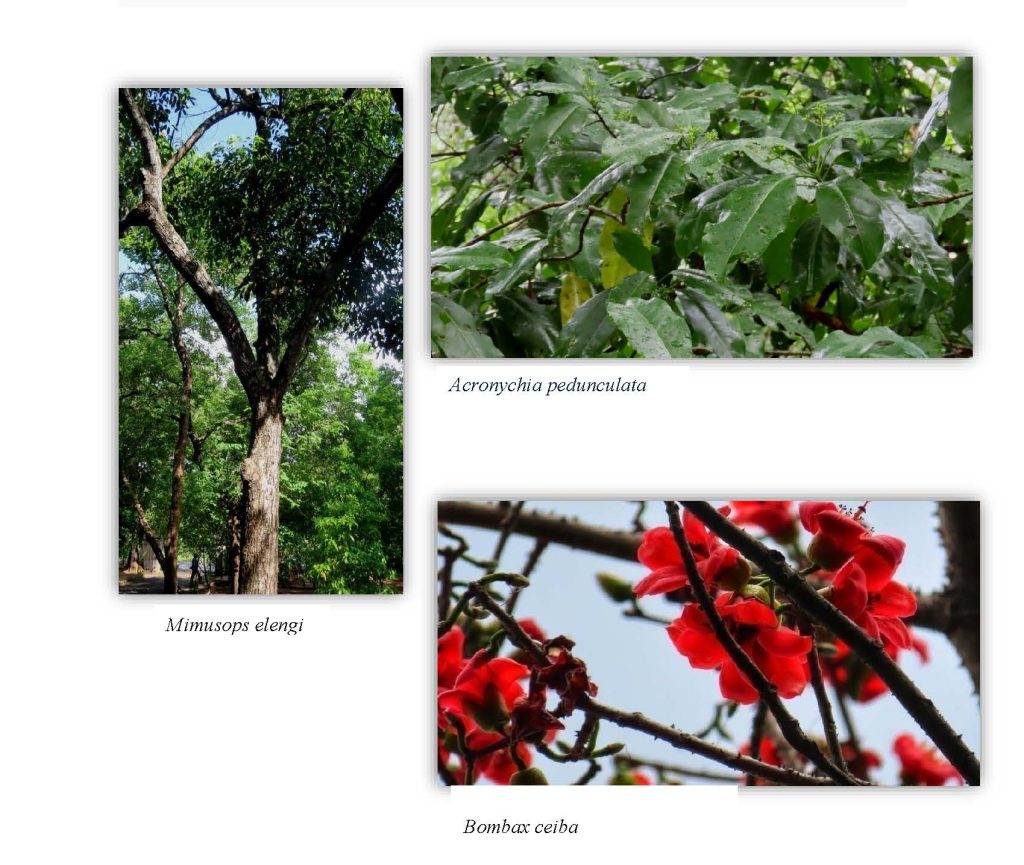
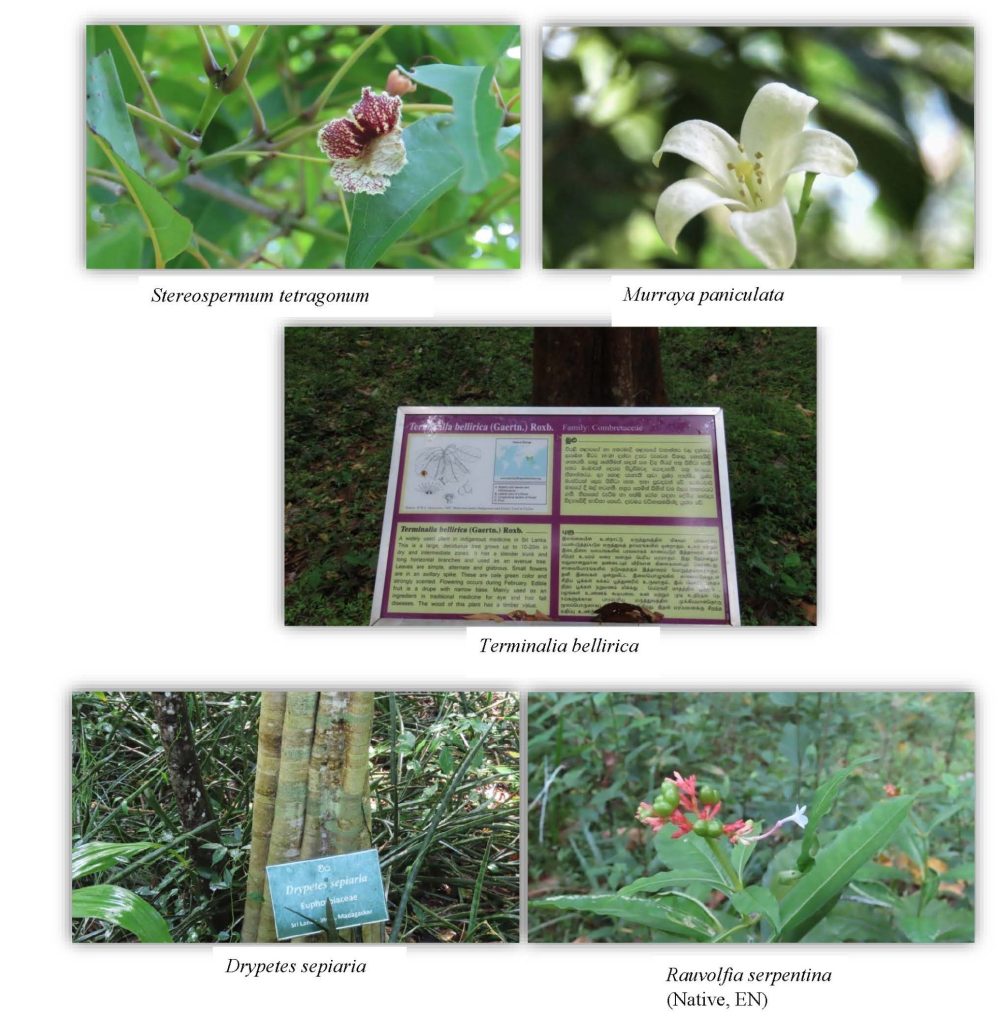
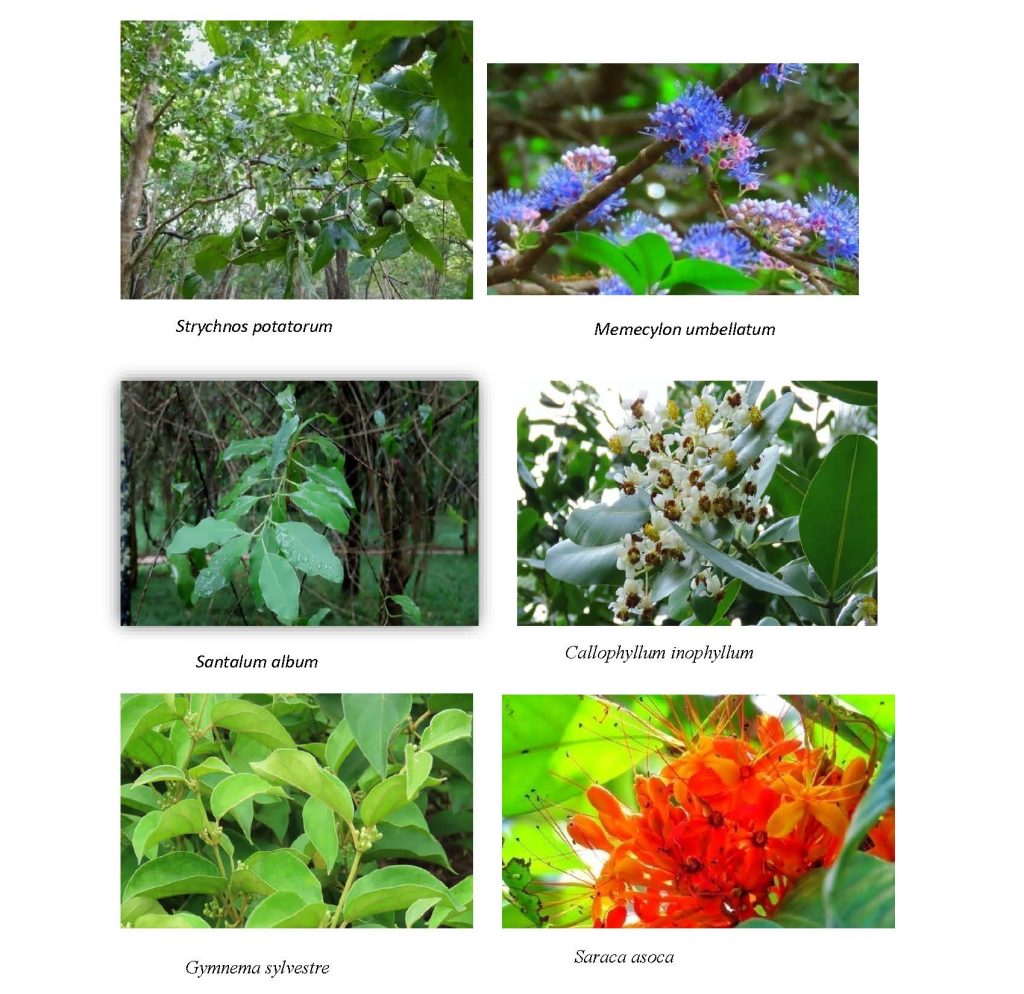
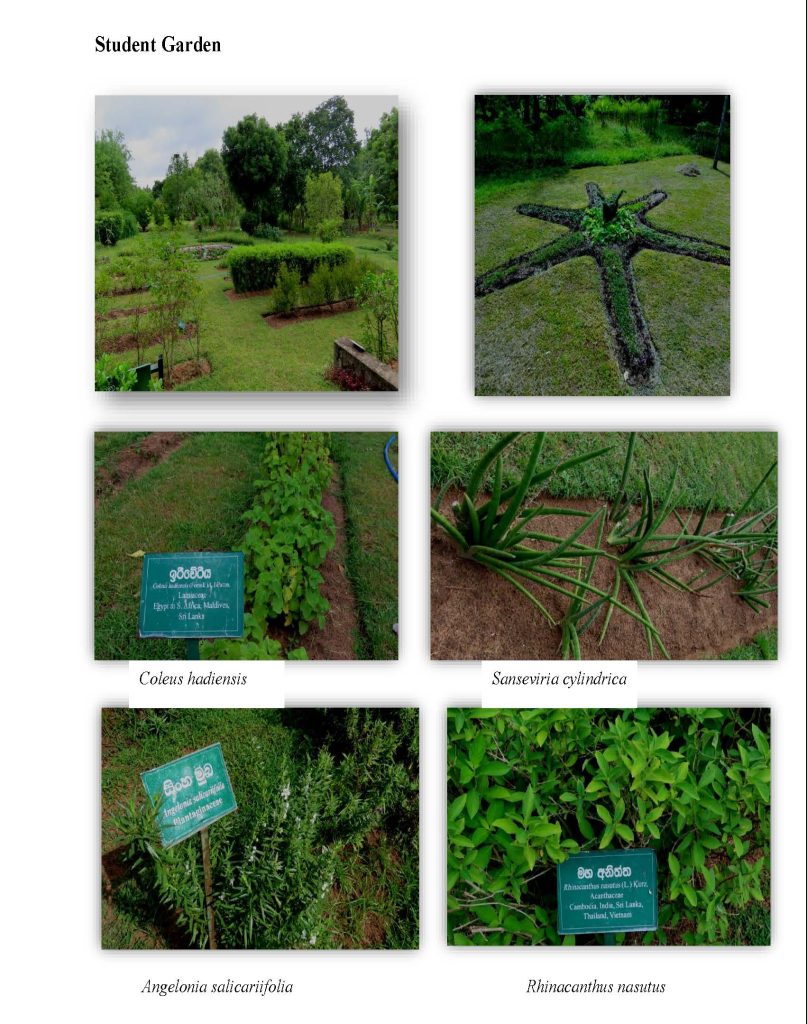
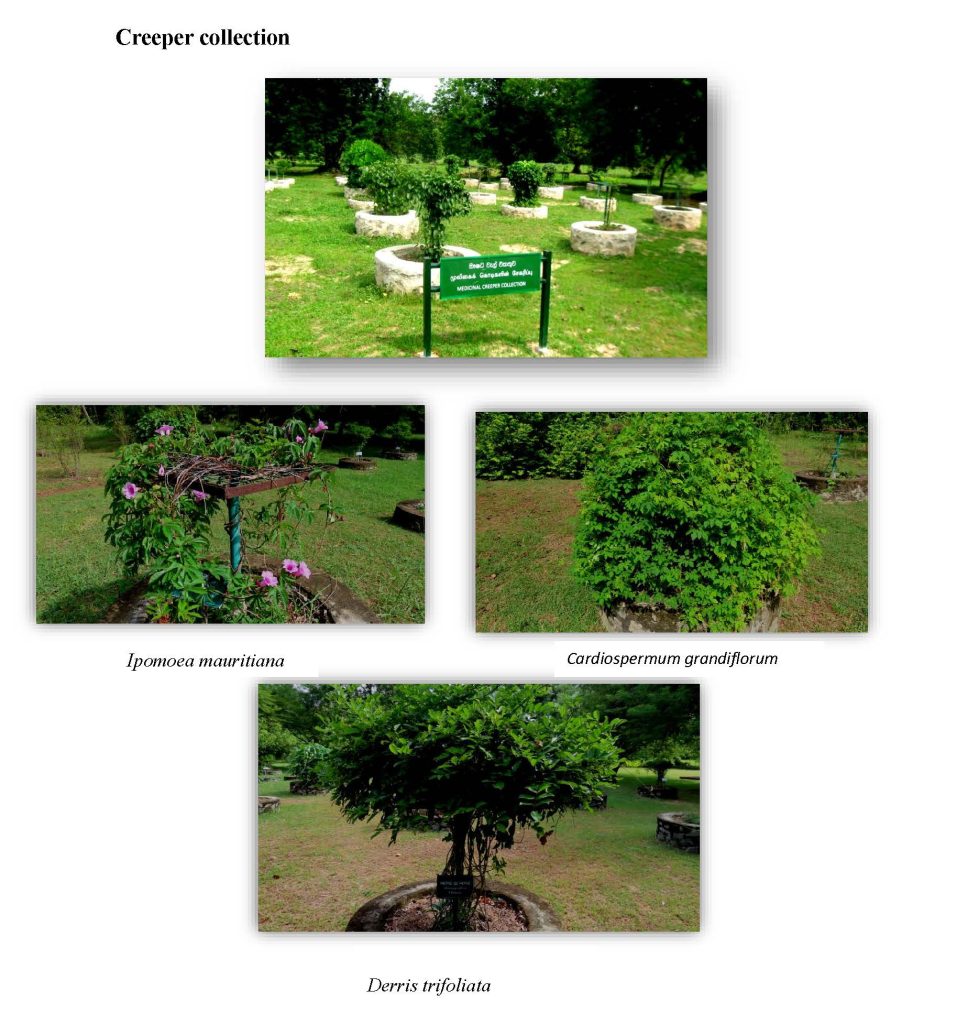
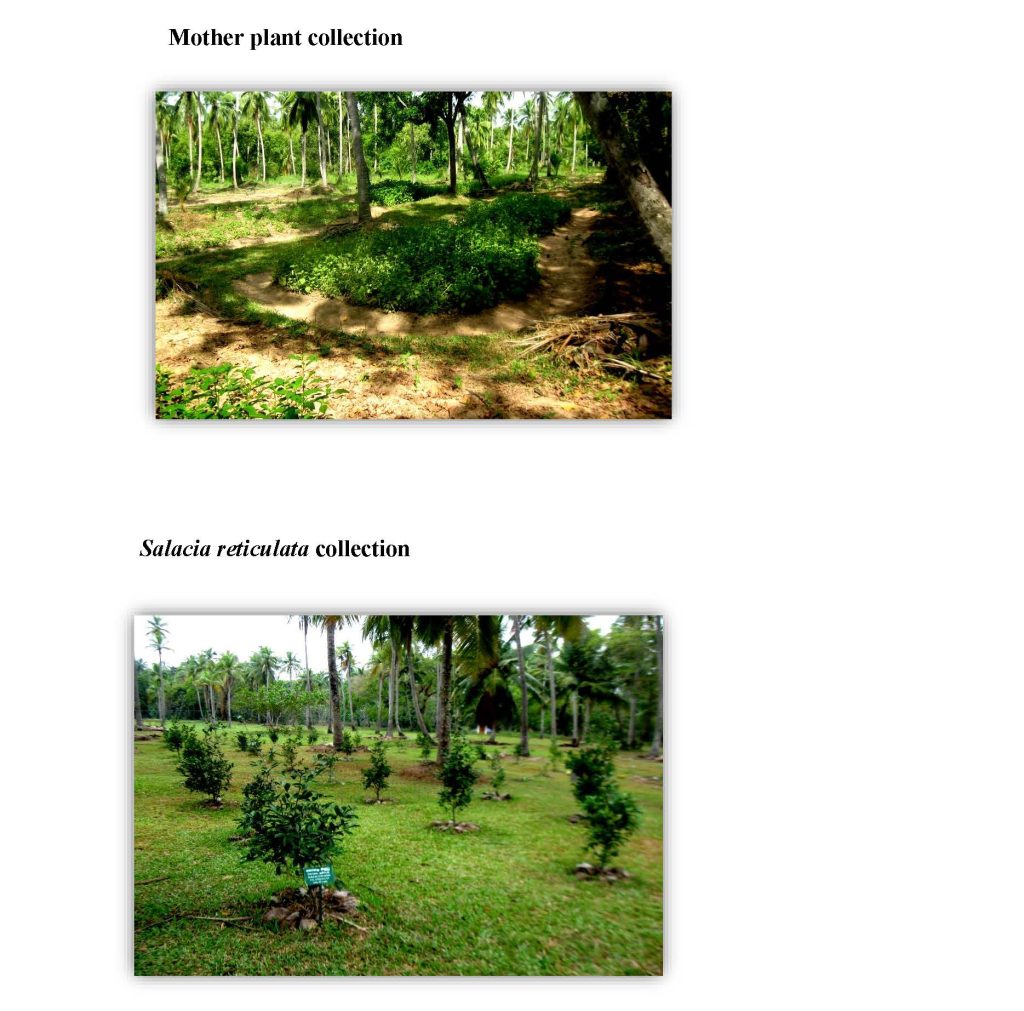
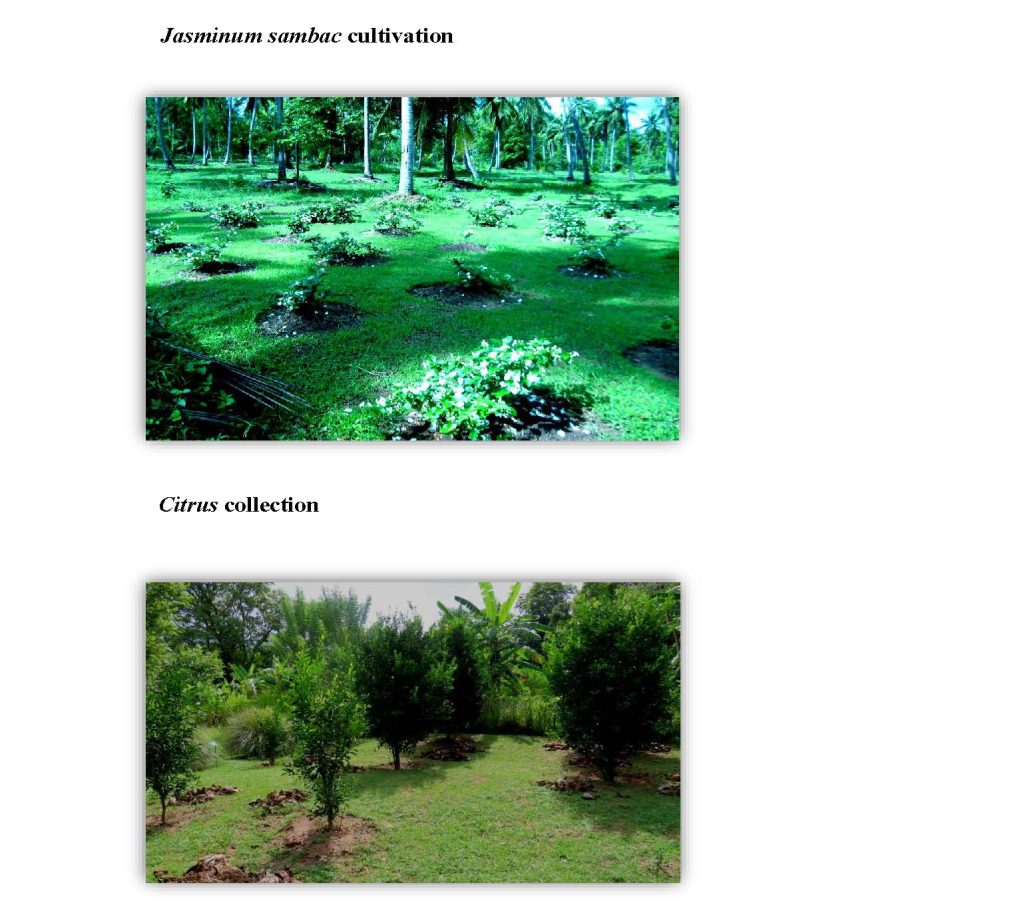
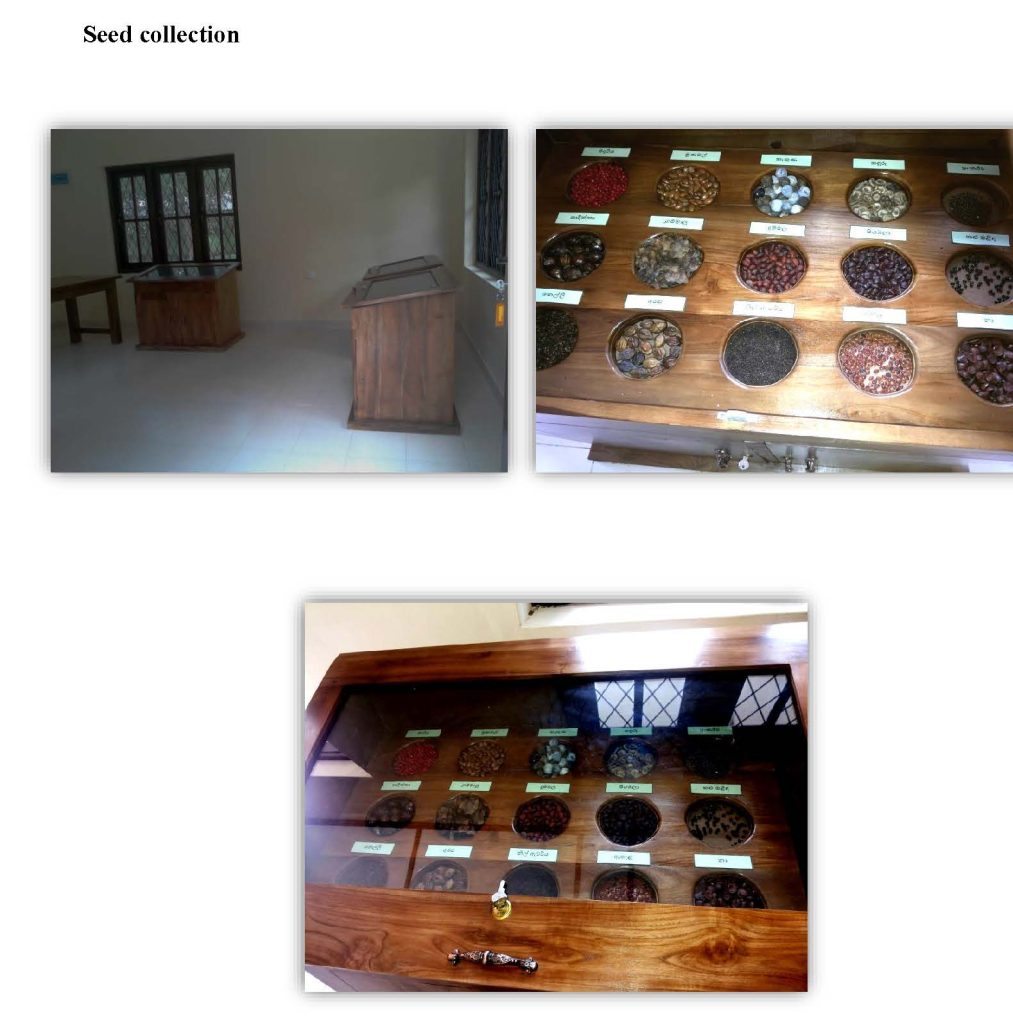
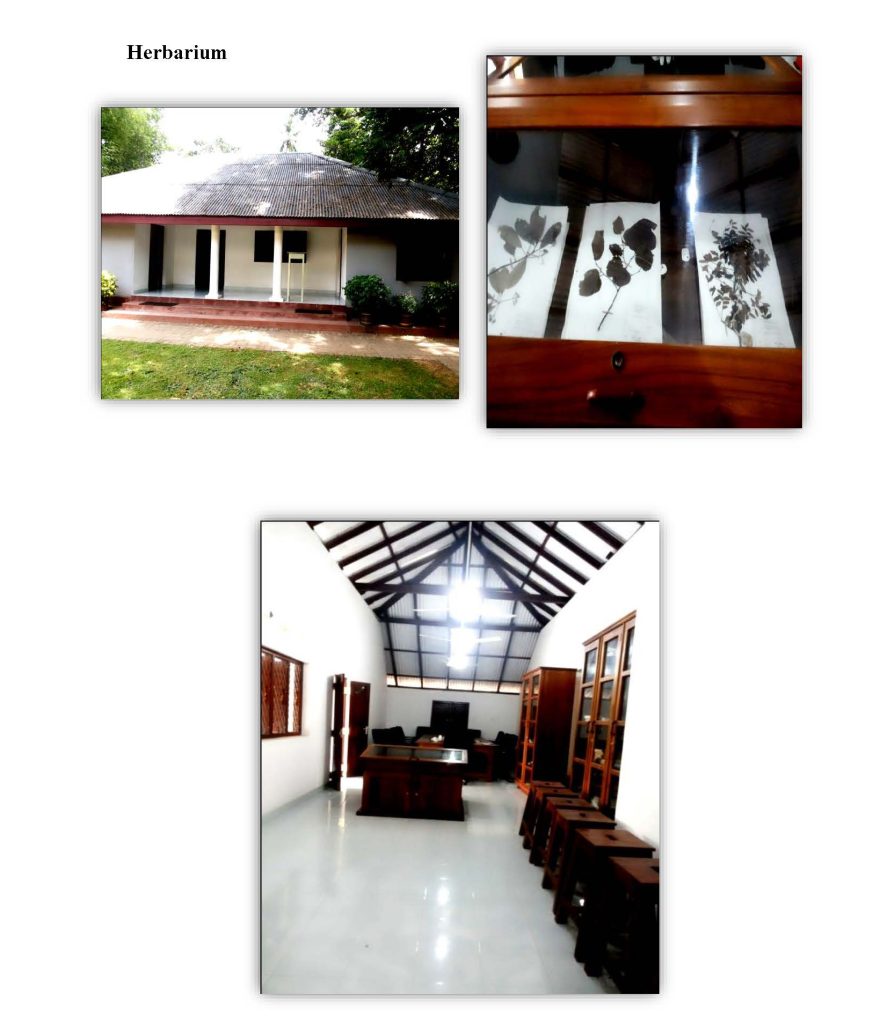
7.30 AM - 6.00 PM
Opening Hours
7.30 AM - 5.00 PM
Ticketing Hours
365 Days
Open
For Overseas Tourist
Entrance Fee
Come and explore the spectacular plant life of Sri Lanka
Foreign Adult
(Elder than 12)
LKR3,540/=/ Ticket
- Great explorer of the truth, the master-builder.
Foreign Student
(Must have proof)
LKR2,360/=/ Ticket
- Great explorer of the truth, the master-builder.
Foreign Child
(5 to12 years)
LKR1,770/=/ Ticket
- Great explorer of the truth, the master-builder.



